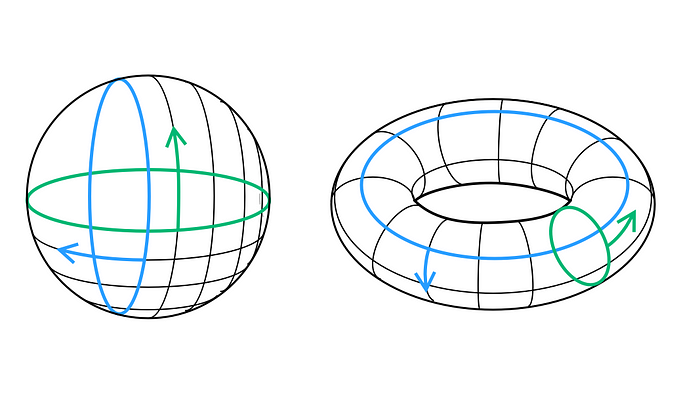
Member-only story
The Poincaré Conjecture
What is the shape of the universe?
This story is also available on Kindle!
Let’s start off easy. We know the shape of the earth. It is more or less spherical. Next, our galaxy, the Milky Way. Somewhat surprisingly to Edwin Hubble who discovered it, it is barred spiral shaped, i.e. the shape of a disk with spiral arms. What about the observable universe? Is it spherical? It certainly seems to be, as it is expanding outwards and light is more redshifted the further we look. What about the global universe, beyond the horizon of what is observable to us?
The answer is, we do not know. We can conjecture. It may be finite or infinite, with or without boundary, with or without curvature, simply connected like a sphere, or multiply connected like a donut. What we do know, is that it seems to be expanding. Into what? We do not know. But we can conjecture.
Introduction
The shape of the universe as it was, is now and may become in the future is very hard for us to discern empirically. Einstein helped us somewhat by showing us that matter and energy (three-dimensional phenomena) in fact may interact with the a four-dimensional phenomenon: time. In this interaction, spacetime may be warped by the presence of mass/energy. Taken together, as far as we can tell, we live in a four-dimensional universe that is susceptible to deformation such as stretching, twisting and bending. That’s where Poincaré and the invention of topology comes in.
Let’s get down to basics. We all know informally that a circle on a plane is the one-dimensional circumference of a two-dimensional disk. Up one dimension, we also know intuitively that the two-dimensional surface of a three-dimensional ball is called a sphere. Up one more dimension however, and our intuitions already fail us completely. What is the three-dimensional equivalent of an object embedded in four-dimensional space? Well, equally as real as the former two, the three-dimensional boundary of a four-dimensional ball in four-dimensional Euclidean space is in mathematics known as a glome, or 3-sphere. I would visualize it for you here if I could, but I can’t.
In mathematics the three objects (circle, sphere and glome) are closely related and known as 1–, 2- and 3-spheres. Such…

